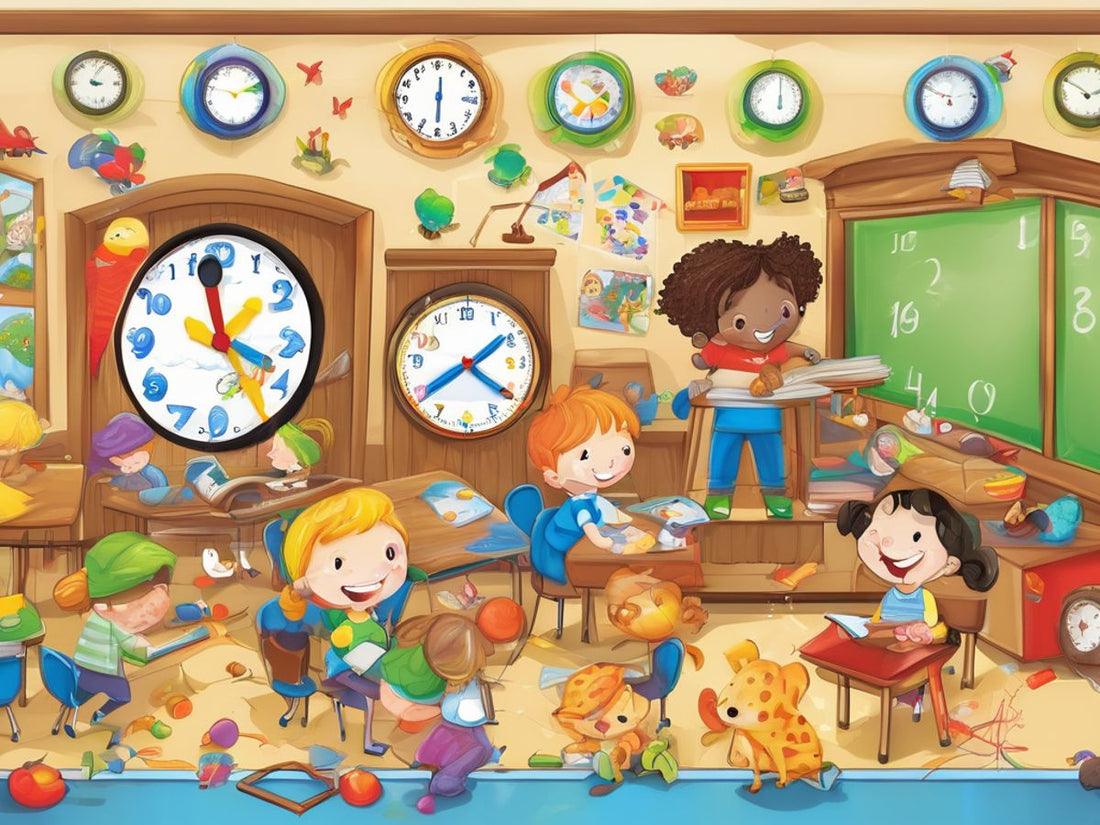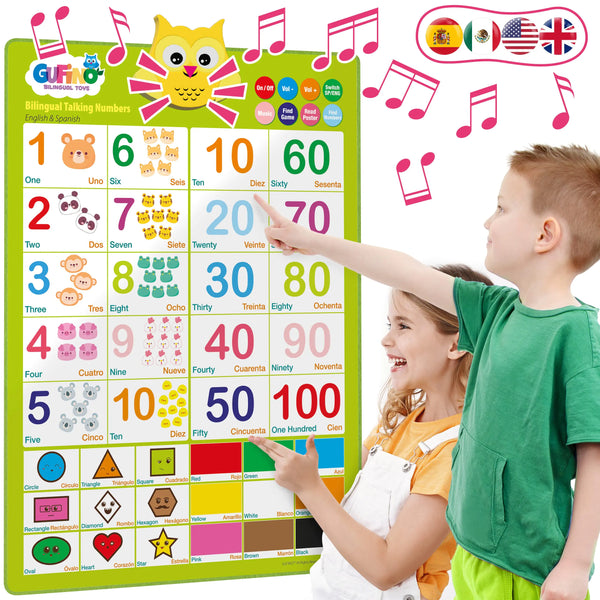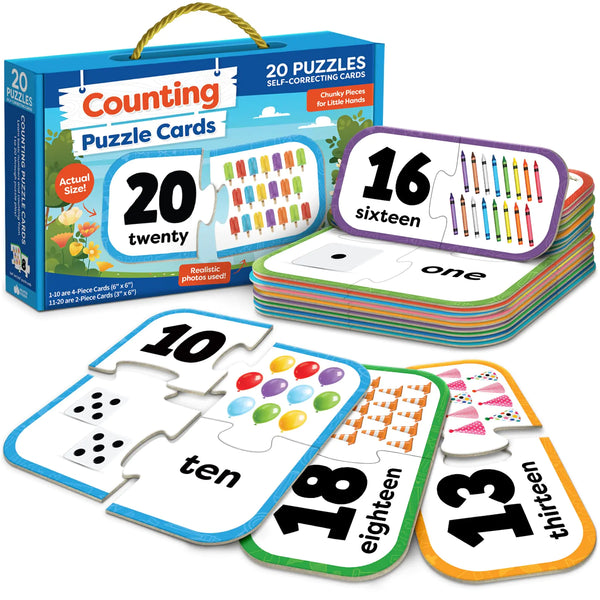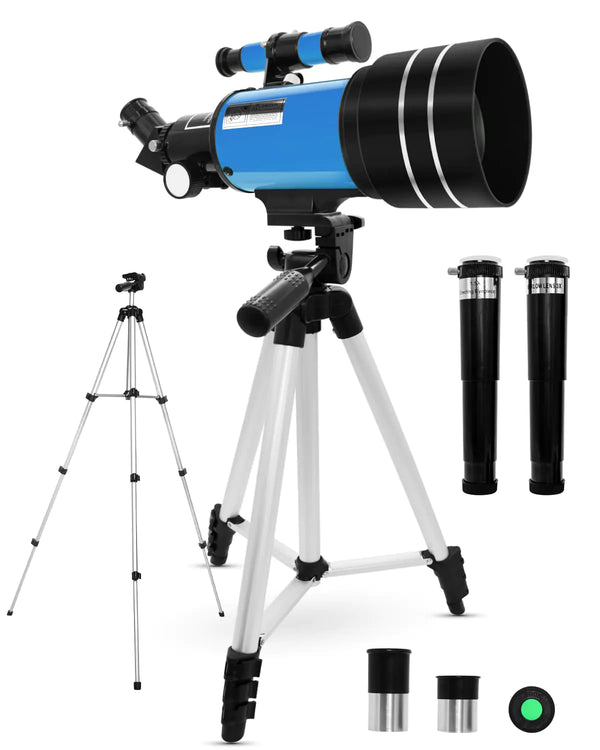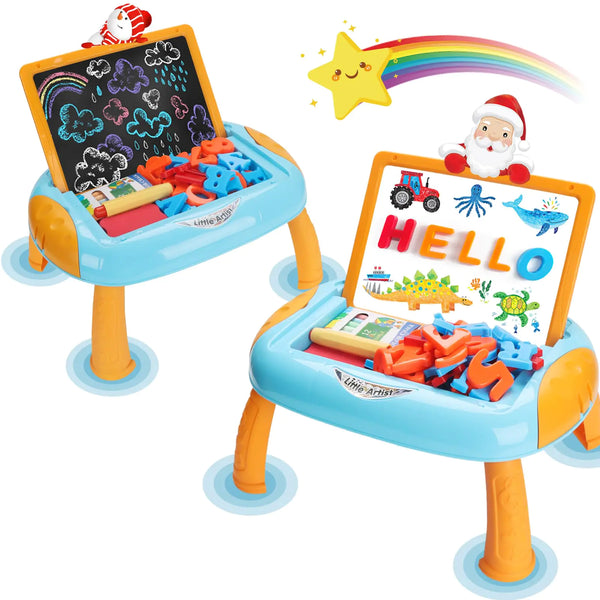Learning to tell time is a fundamental skill for children, and teaching clocks are invaluable tools in this educational journey. These clocks are specifically designed to aid in understanding the concept of time through engaging and interactive methods. Whether in a classroom setting or at home, learning clocks can significantly enhance a child's ability to grasp time-telling skills effectively.
Key Takeaways
- Teaching clocks help children understand the concept of time in an engaging manner.
- They come in various forms, including analog and digital, each offering different benefits.
- Interactive features such as color-coding and movable hands enhance learning.
- Learning clocks can be integrated into daily routines to reinforce time-telling skills.
- They are also valuable in developing independence and time management skills from an early age.
Why Learning Clocks are Essential for Kids

Understanding the Basics
Learning clocks are a fantastic tool for making the concept of time tangible for kids. They help children grasp how the hour and minute hands relate to the time of day, which is crucial for their cognitive development.
Fostering Independence
Being able to tell time independently boosts a child's confidence and self-reliance. It's a step towards managing their own activities and understanding the importance of punctuality.
Building Time Management Skills
With a learning clock, kids not only learn to tell time but also to plan and allocate time for different activities. This early introduction to time management can be beneficial in their later life, helping them to be more organized and efficient.
Choosing the Right Learning Clock

Key Features to Look For
When selecting a learning clock for your child, it's crucial to focus on features that enhance the learning experience. Look for clocks with clear, easy-to-read numbers and hands that are distinct in color from the clock face. Interactive elements like movable hands can make learning more engaging for kids. Ensure the clock is user-friendly so your child can operate it independently over time.
Analog vs Digital Options
Deciding between an analog or digital clock depends on what you feel will best suit your child's learning style. Analog clocks are great for teaching the mechanics of time, while digital clocks can be easier for kids to read quickly. Combining both types in one model can offer a comprehensive learning tool, allowing children to understand both formats.
Safety and Durability Considerations
Safety is paramount when choosing any toy for your child. Opt for learning clocks made from non-toxic materials and with smooth, rounded edges to prevent injuries. Durability is also key, as these toys will need to withstand the enthusiastic play of young learners. It's worth investing in a clock that will last through multiple learning stages.
Interactive Learning Clocks for Hands-On Fun

Engaging Features
Interactive learning clocks are a blast for kids! They combine fun with education, making learning about time an enjoyable experience. Features like movable hands, colorful designs, and easy-to-read numbers help keep children engaged. The best part? They get to play and learn at the same time, which enhances their understanding and retention of how to tell time.
Recommended Models
When it comes to choosing the right interactive clock, I've seen a few that really stand out. The Melissa & Doug Turn And Tell Clock, for instance, is fantastic for its user-friendly design and interactive play. Another great option is the Easy Read Time Teacher Wall Clock, which uses vibrant colors and clear markings to simplify the learning process. Here's a quick list of models that I recommend:
- Melissa & Doug Turn And Tell Clock
- Easy Read Time Teacher Wall Clock
- Learning Resources Big Time Student Clock
Benefits of Interactive Play
Interactive learning clocks are more than just time-teaching tools; they are a gateway to enhanced cognitive development in children. By manipulating the hands and engaging with the features, kids develop fine motor skills and gain a better understanding of time management early on. This hands-on approach is crucial for their overall development and makes the learning process much more effective.
Educational Insights from Learning Clocks

Cognitive Development
Learning clocks are more than just tools for teaching kids how to tell time; they are instrumental in enhancing cognitive development. By interacting with these clocks, children engage in problem-solving and critical thinking activities that are crucial for their intellectual growth. These clocks help kids understand abstract concepts such as the passage of time, which is a fundamental part of cognitive development.
Math Skills Enhancement
One of the most direct benefits of learning clocks is their ability to boost math skills. Children learn to count, understand number sequences, and grasp early arithmetic concepts through the use of these clocks. This hands-on approach not only makes learning more engaging but also cements foundational math skills that are essential for academic success.
Understanding Daily Routines
Introducing a learning clock into a child's daily routine can significantly aid in understanding and managing their own time. Kids begin to recognize patterns and the importance of time management through regular interaction with their clocks. This familiarity with time can make transitions smoother and less stressful for both children and parents.
By incorporating learning clocks into educational activities, children can develop a healthy respect for time and a better understanding of their daily schedules.
The Role of Color and Design in Learning Clocks

When it comes to teaching kids about time, the visual appeal of a learning clock can make a huge difference. Bright, vibrant colors not only catch their attention but also make the learning process more enjoyable. Color coding different parts of the clock, like hours, minutes, and seconds, can simplify the learning process by creating clear, visual distinctions that kids can easily understand.
Engaging with Visual Appeal
Kids are naturally drawn to colorful objects, so a learning clock that uses a variety of colors is more likely to engage them and hold their interest. This is crucial in maintaining their focus during learning sessions.
Utilizing Color Coding Time Concepts
By using different colors for different time segments, kids can more quickly associate specific colors with specific time periods, enhancing their ability to tell time at a glance.
Impact on Learning
The thoughtful design of learning clocks, including the use of appealing colors and intuitive layouts, significantly aids in cognitive development. It helps children not only learn how to tell time but also enhances their overall engagement with learning materials.
Learning Clocks in Classroom Settings

Group Activities
In my experience, learning clocks are fantastic for fostering group interaction among kids. They can work together to set the clock to specific times, or even play games that involve time-telling skills. This not only makes learning fun but also encourages teamwork and communication among young learners.
Teacher's Tips for Effective Use
Always start with the basics. Ensure that each child understands the minute and hour hands before moving on to more complex concepts. It's also helpful to use visual aids and repetitive practice to reinforce learning.
Integrating with Curriculum
Learning clocks can be seamlessly integrated into daily lessons. For instance, when teaching math, you can incorporate exercises that involve calculating time intervals. This practical application helps students see the relevance of what they're learning in real-world scenarios.
Digital Learning Clocks and Their Advantages

Ease of Use
Digital learning clocks are a breeze to use, making them perfect for young learners. With clear displays and simple interfaces, these clocks help kids grasp the concept of time without any fuss. The digital format directly shows the time, eliminating the need to interpret the positions of hour and minute hands, which can be challenging for some children.
Incorporating Technology in Learning
In today's tech-driven world, integrating technology into learning is crucial. Digital clocks often come with interactive apps and features that make learning both effective and fun. These tools are designed to engage young minds and enhance their understanding of time through games and activities that are both educational and entertaining.
Interactive Apps and Features
The best part about digital learning clocks is their range of interactive features. From games that teach time management to apps that simulate real-world scenarios, these clocks offer a hands-on learning experience. They are innovative interactive learning toys that keep children engaged and eager to learn more about time.
The Best Learning Clocks on the Market

When it comes to finding the best learning clocks for your kids, I've done some digging and here's what I found to be top-notch on the market today. These clocks not only teach time but also enhance fine motor skills and cognitive development.
Top Picks for Durability
For those who need a clock that can take a beating and keep on ticking, the EasyRead Time Teacher Wall Clock ($23.99 on Amazon) is a fantastic choice. It's designed to be durable and is perfect for hanging on classroom walls or in a child's bedroom.
Most Interactive Models
If you're looking for something that will keep your child engaged, the Melissa & Doug Turn and Tell Clock ($12.99 on Amazon) is a winner. It's great for hand-eye coordination and makes learning fun with its interactive features.
Best for Young Learners
For the little ones just starting out, the Learning Resources Big Time Student Clock ($13.7 on Amazon) is ideal. It's sized perfectly for smaller hands and helps kids grasp the basics of telling time with ease.
Remember, the key to teaching time management to kids using these clocks is to start with the basics, link the learning to real-life applications, celebrate small milestones, and gradually advance to more complex concepts.
How to Introduce Kids to Learning Clocks

Starting with the Basics
When it comes to teaching time, starting simple is key. I always begin with the basics of the clock, explaining the hour and minute hands and how they move. It's crucial to use a clock that's designed for kids, with large, easy-to-read numbers and distinct colors to differentiate between the hour and minute hands. Encourage your child to interact with the clock, moving the hands and calling out the times they set.
Making Learning Fun
To keep their interest, I make learning about time a game. We might play 'What Time Is It, Mr. Wolf?' or use time-telling apps that integrate fun characters and stories. Remember, the goal is to make learning feel like play. This approach not only keeps them engaged but also helps them absorb the information more effectively.
Progressing to More Complex Concepts
As they get more comfortable with the basics, I gradually introduce more complex concepts like half hours and quarter hours. We use activities that involve setting the clock for specific events, which helps them understand the practical application of telling time in daily life. It's a rewarding experience to see them master these skills and gain a sense of independence.
Learning Clocks and Home Education

Setting Up a Learning Station
Creating a dedicated learning station at home can significantly enhance your child's educational experience. Equip the station with a variety of learning clocks, each offering different features to cater to various learning stages. This setup not only keeps all educational tools in one place but also helps in maintaining a routine that is conducive to learning.
Incorporating into Daily Routines
Integrating learning clocks into daily routines can make time-telling a natural part of your child's day. For instance, use the clock during meal times to explain time concepts or set timers for different activities. This consistent exposure helps children internalize the concept of time more effectively.
Resources for Parents
There are numerous resources available for parents to help teach their children about time. Websites, apps, and books designed specifically for time education can be invaluable. Look for materials that are engaging and interactive to hold your child's interest and make learning fun.
Maximize homeschooling with educational toys for all ages. From sensory tools like baby bibs to strategic games like Qwirkle, create a stimulating learning environment at home.
The Impact of Learning Clocks on Early Education

Research Insights
Learning clocks are more than just tools to tell time; they are gateways to enhanced cognitive abilities in young children. Studies have shown that kids who start learning time concepts early develop better problem-solving skills and are more adept at math. These clocks are not just about learning to tell time; they're about understanding the passage of time.
Long-term Benefits
The long-term benefits of introducing learning clocks early in a child's education are substantial. They help in building a foundation for time management skills that are crucial throughout life. Children learn to associate time with daily activities, which enhances their ability to plan and execute tasks efficiently.
Case Studies
Several case studies highlight the effectiveness of learning clocks in early education. For instance, classrooms that incorporated learning clocks into their daily routines saw a noticeable improvement in students' ability to manage their time during activities. These tools also make learning fun and interactive, especially when they include features like puzzles and games, which keep children engaged and eager to learn more.
Creative Ways to Teach Time with Learning Clocks

Engaging Features
To make learning time a blast for kids, I always look for clocks that include fun, interactive elements like movable hands, colorful segments, and easy-to-read numbers. These features keep the little ones engaged and make the learning process feel like play!
Recommended Models
The Melissa & Doug Turn And Tell Clock stands out as a fantastic choice. It's not only educational but also super engaging with its colorful design and interactive play options. Perfect for keeping kids interested while they learn.
Benefits of Interactive Play
Interactive play is crucial because it helps children develop cognitive skills and understand abstract concepts like time more effectively. By using learning clocks that encourage hands-on manipulation, kids can grasp the passing of time in a tangible way, making the concept much easier to understand.
Discover the joy of teaching time to kids in a fun and engaging way with our learning clocks at Wonder Kids Toy Store. These clocks are designed to make learning interactive and enjoyable, ensuring that your little ones grasp the concept of time with ease. Visit our website to explore our range of educational toys and find the perfect learning clock for your child. Don't miss out on this opportunity to enhance your child's learning experience!
Wrapping It Up
Choosing the right learning clock for your child can be a fun and educational journey. Whether you opt for a vibrant wall clock, a hands-on wooden toy, or an interactive digital model, the key is to make learning about time engaging and enjoyable. Remember, the best clock is one that fits your child's learning style and your educational goals. So take your pick from the options we've explored and watch your little one master the art of telling time in no time!
Frequently Asked Questions
What is a learning clock and why is it important for kids?
A learning clock is a specially designed educational tool that helps children understand the concept of time. It is important because it aids in teaching kids how to read both analog and digital clocks, fostering independence and time management skills from an early age.
At what age should I introduce a learning clock to my child?
Most teaching clocks are suitable for children aged four to six years. Introducing them at this age helps children grasp time concepts when they are naturally curious and eager to learn new things.
What are the key features to look for in a learning clock?
When choosing a learning clock, look for features like clear, easy-to-read numbers, color-coded sections, interactive components, and durable, safe materials. These features make learning both effective and engaging for children.
How can learning clocks help in a classroom setting?
In classroom settings, learning clocks can be used for group activities that encourage collaboration among students. They also help teachers explain time concepts clearly and integrate time-telling lessons with the broader curriculum.
What are the benefits of interactive learning clocks?
Interactive learning clocks often include features like movable hands and quiz modes, which make learning dynamic and fun. They engage children actively, making it easier for them to understand and remember how to read clocks.
Can learning clocks improve cognitive development?
Yes, learning clocks can significantly enhance cognitive development by improving problem-solving skills, enhancing memory, and fostering logical thinking as children learn to associate specific times with daily activities.
What is the difference between analog and digital learning clocks?
Analog learning clocks feature traditional clock faces with hands, while digital clocks display time digitally. It's beneficial to start with analog clocks to build a foundational understanding before introducing digital clocks, which are more abstract.
How can parents integrate learning clocks into daily routines at home?
Parents can integrate learning clocks into daily routines by setting specific times for various activities like meal times, play times, and bed times using the clock. This not only helps children learn to tell time but also instills a sense of routine and responsibility.


